Life Inside Britain’s Last Coal Power Station: Ratcliffe-on-Soar Nears Its End
Deep within the Ratcliffe-on-Soar power station, Mark Williams, donned in grey overalls, ear defenders, and an orange helmet, wields a long stick to manage the ash inside what resembles an oven. He kneels and opens a metal door, scraping away diligently as the ‘ashing operator’.
Ratcliffe-on-Soar, Britain’s final coal-fired power plant, has been operational since 1968. This industrial colossus is a hive of noise and heat, with 61 meters (200 feet) of metal, gantries, furnaces, and pipes towering above. Williams attends to ash hoppers filled with coal remnants funneled into furnaces heated to around 1,000C. This process generates steam that drives turbines to produce electricity, which is then transmitted through pylons to power nearby households in Nottinghamshire.
‘It’s like a big Meccano set, and I love it,’ says John Roberts, an electrical engineer who started at Ratcliffe 44 years ago. At 60, now a supervisor, he reflects on the power station as it approaches its final days. Next month, the furnaces will cease operation, marking the end of a 56-year journey and the conclusion of Britain’s coal power era under the leadership of new energy secretary Ed Miliband, who champions wind and solar energy and selective nuclear power.
The power station is a prominent feature on the landscape, with its eight 114-meter-high cooling towers visible from the M1 motorway. Chris Stenson, a long-time employee, believes they are iconic and campaigns for at least one to be preserved. Unfortunately, Uniper, the German company that owns the plant, plans complete demolition over the next six years. The plant’s 180 staff members and 120 contractors face a future of retirement, relocation, or redundancy, with 44 opting for voluntary redundancy.
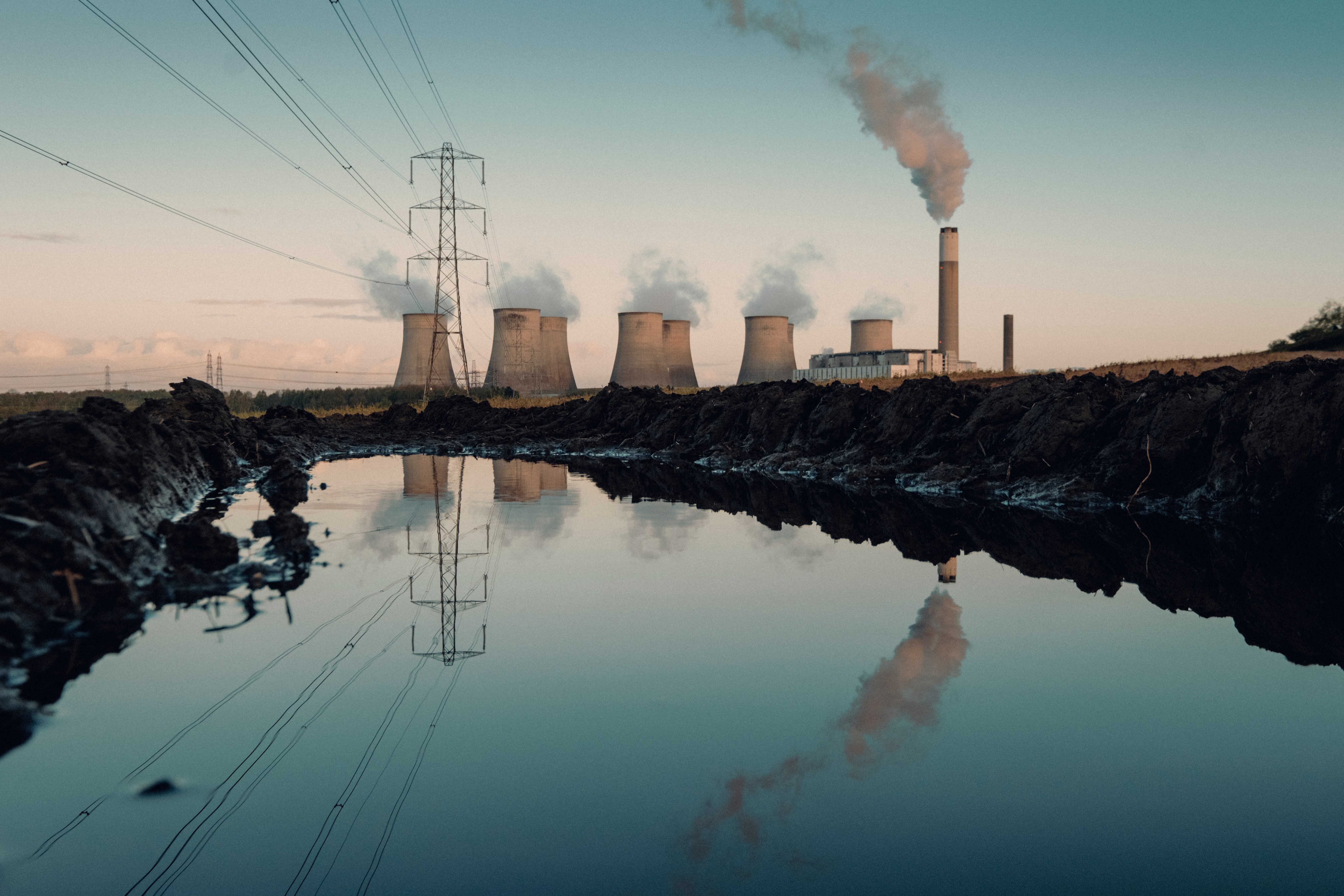
As Ratcliffe-on-Soar’s chapter ends, the race is on to repurpose the land, which lies between the rivers Soar and Trent, near the cities of Leicester, Derby, and Nottingham.
Built during coal’s reign, Ratcliffe survived privatization in 1990 and witnessed the rapid decline of coal due to environmental concerns, legislative pressures, and the rise of renewable energy. Coal’s share in the UK’s energy mix has plummeted from 30% in 2014 to less than 1% now.
Peter O’Grady, Ratcliffe’s plant manager, remarks on the transition: ‘When I joined 35 years ago, 80% of the UK’s electricity was powered by coal. By the end of this year, that will be zero.’
Ratcliffe’s closure not only signifies the end of an era in British industrial history but also poses significant challenges for the UK’s energy future.
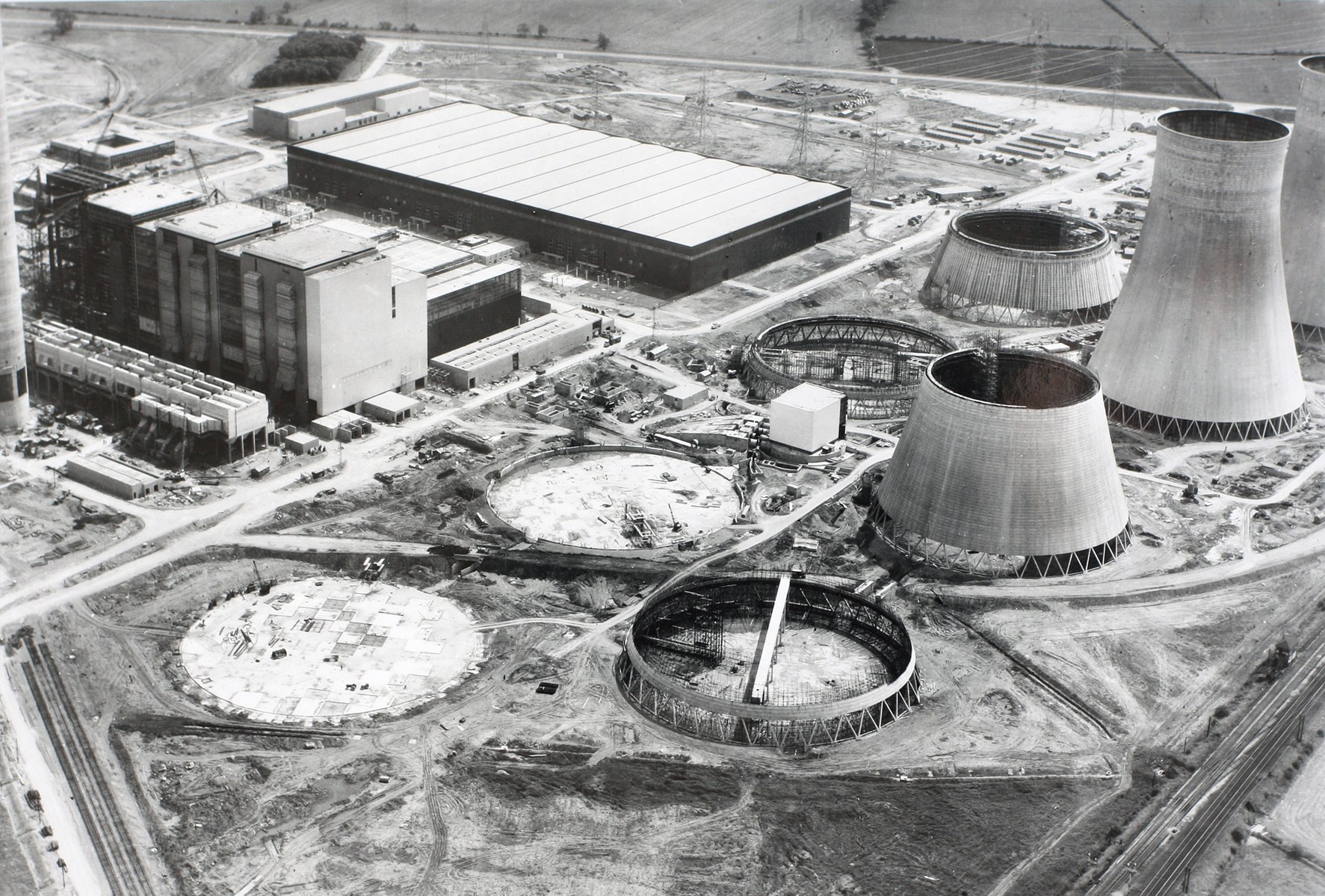
Megawatt Valley
The tower structures are hidden from the quaint village of Ratcliffe-on-Soar. Ray State, a retired railway worker, notes the power station has been unobtrusive. However, there are concerns about redevelopment plans, including the area’s green belt south of the plant.
Bob Webb, whose family helped build the station, acknowledges mixed feelings about its closure: ‘From a climate change standpoint, it’s a good thing, but other countries still build coal power stations.’

Despite global trends, Ratcliffe became the last of Britain’s coal power stations due to design and fortune. Conceived in the 1960s, it was one of several ‘super stations’ built along the River Trent, once dubbed ‘Megawatt Valley’ for its significant electricity generation.
The decline of coal began due to economic factors and industrial unrest, such as the miners’ strike of 1984. During the 1990s, the energy industry shifted towards gas-fired plants. Ratcliffe’s adaptability allowed it to outlive its peers, but legislative and environmental pressures doomed its future.
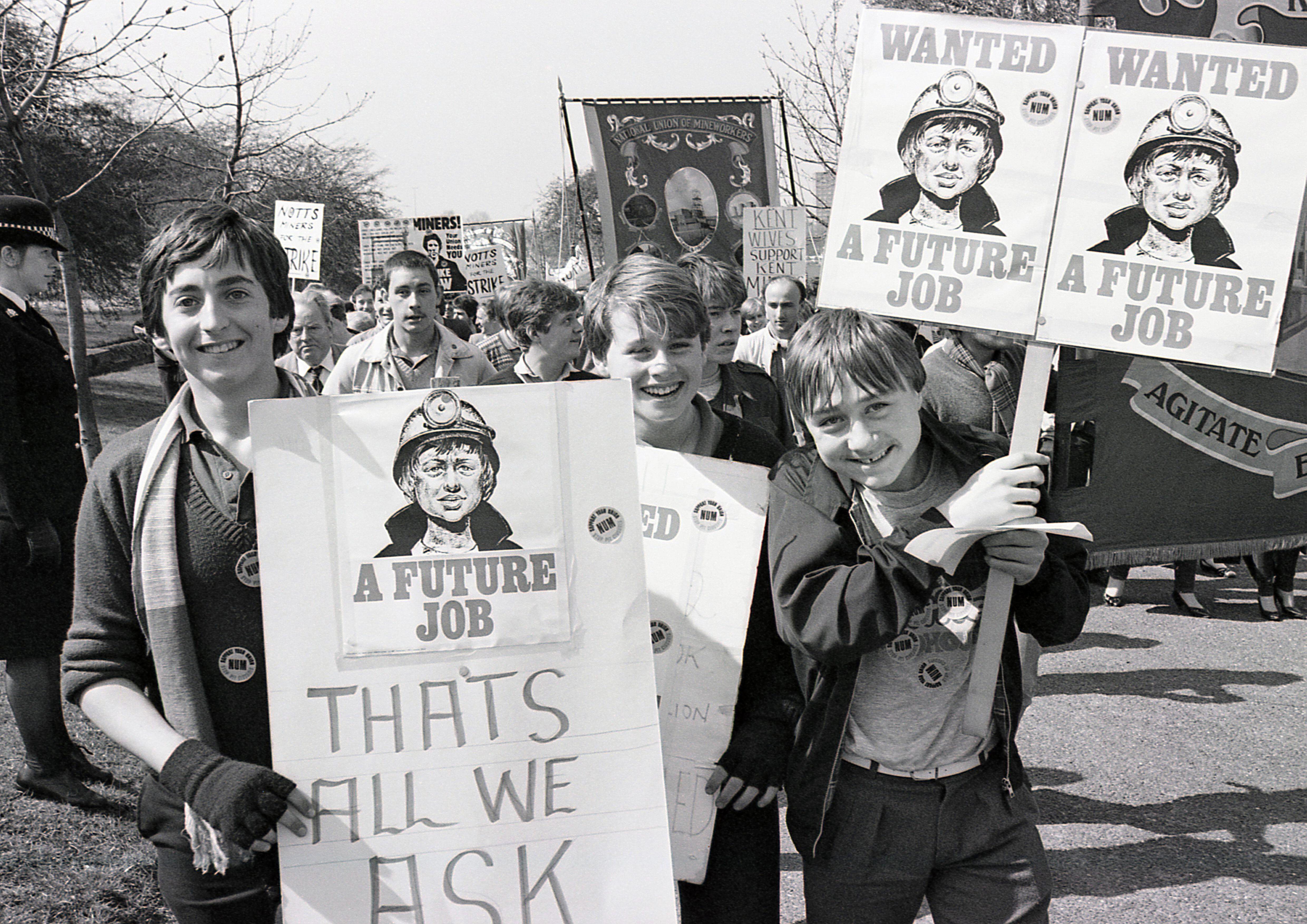
Privatization led to Ratcliffe’s transfer to Powergen, later Eon, which spun off part of its business to Uniper in 2016. The ongoing Ukraine war strained Uniper, leading to a government bailout. These events mean the last of Britain’s coal industry is now German-owned.
Efforts to reduce harmful emissions extended Ratcliffe’s life, but its fundamental reliance on coal sealed its fate. As environmental regulations tightened and renewable energy became prioritized, coal power declined. By 2014, coal was economically unviable due to carbon pricing.
In 2015, the UK government announced the closure of all coal plants by 2025, later moved up to 2024. The country achieved its first full day without coal power in 2017 and its longest coal-free streak—67 days—two years later. The energy crisis of 2022 highlighted the need for reliable energy sources as the country transitions to renewable energy.
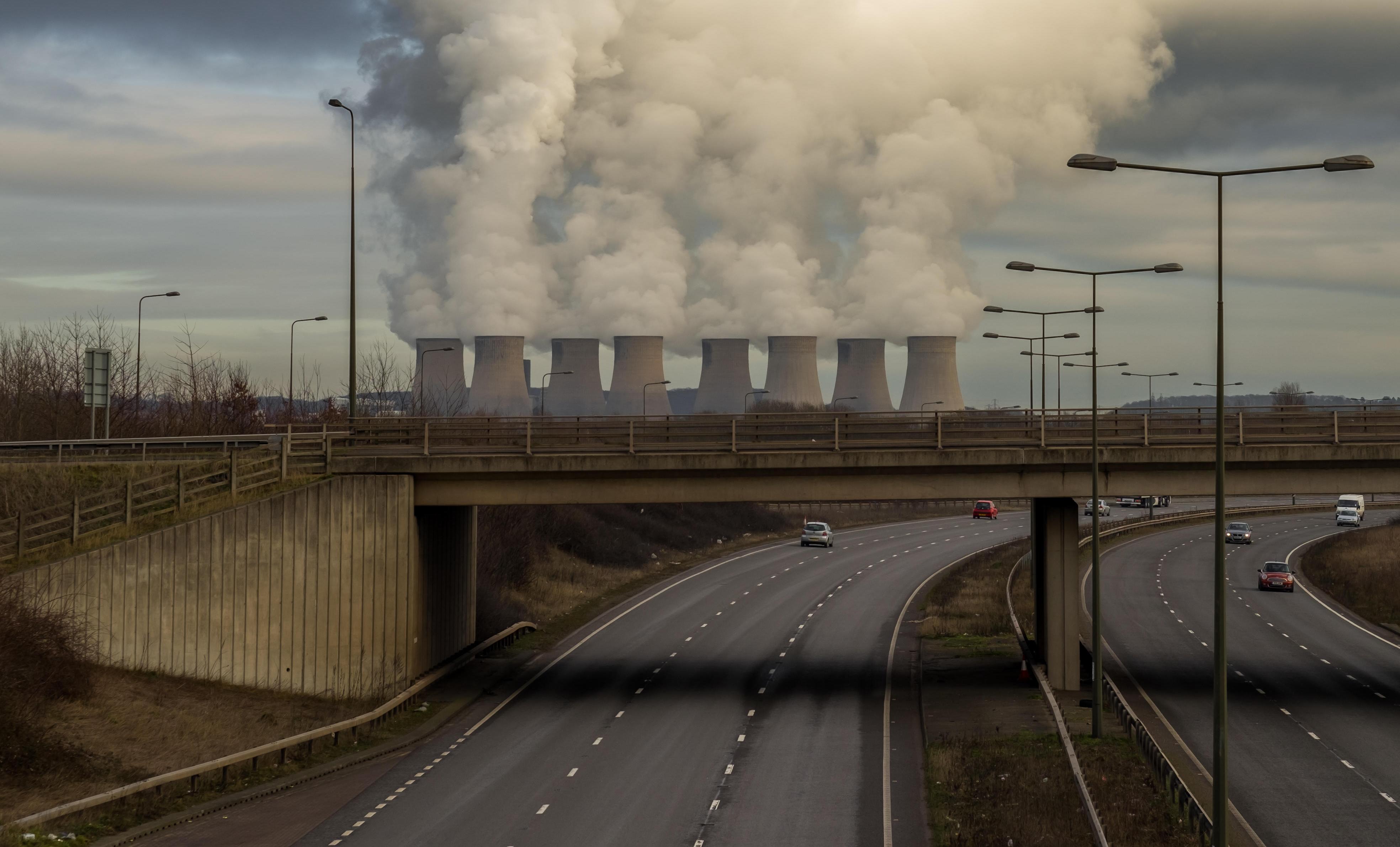
The modern energy strategy includes more gas plants, batteries, and interconnectors with neighboring countries. Long-term solutions involve expanding nuclear energy, gas plants with carbon capture, and hydrogen.
Lights Out
Ratcliffe’s closure is bittersweet for its staff, who take pride in their role in keeping the nation’s lights on. The future of the site remains uncertain, but local authorities aim to rapidly redevelop it, attracting new green energy jobs.
The East Midlands Freeport is a pivotal player in this transition, seeking to draw in advanced manufacturing, aerospace, automotive, and energy firms, as these sectors will help replace sunsetting industries.
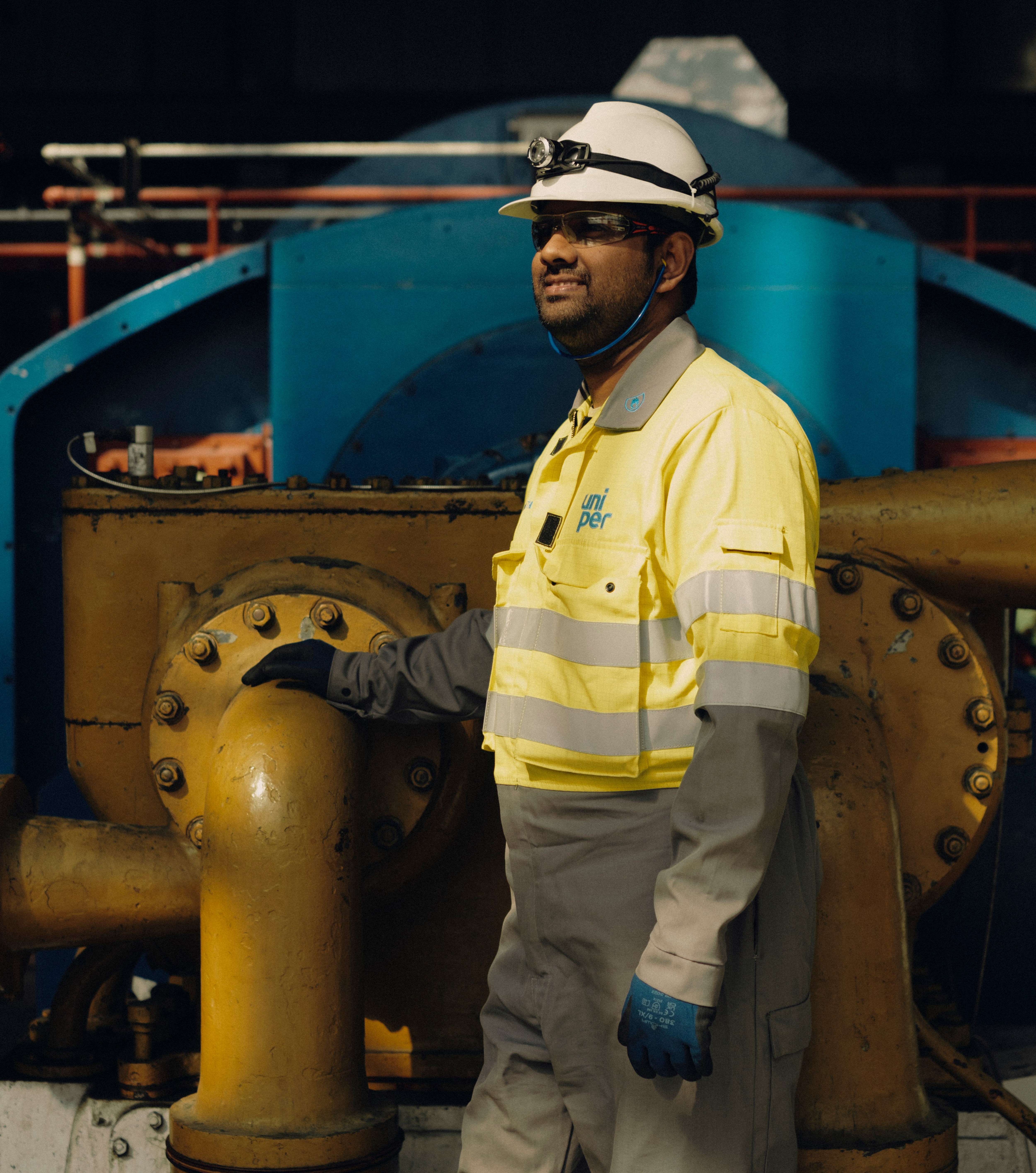
As the plant winds down, some staff like Akhil Moonukandathil will manage its decommissioning, leveraging their skills for future opportunities. John Roberts, on the other hand, anticipates retirement, recognizing the closure as the right timing.
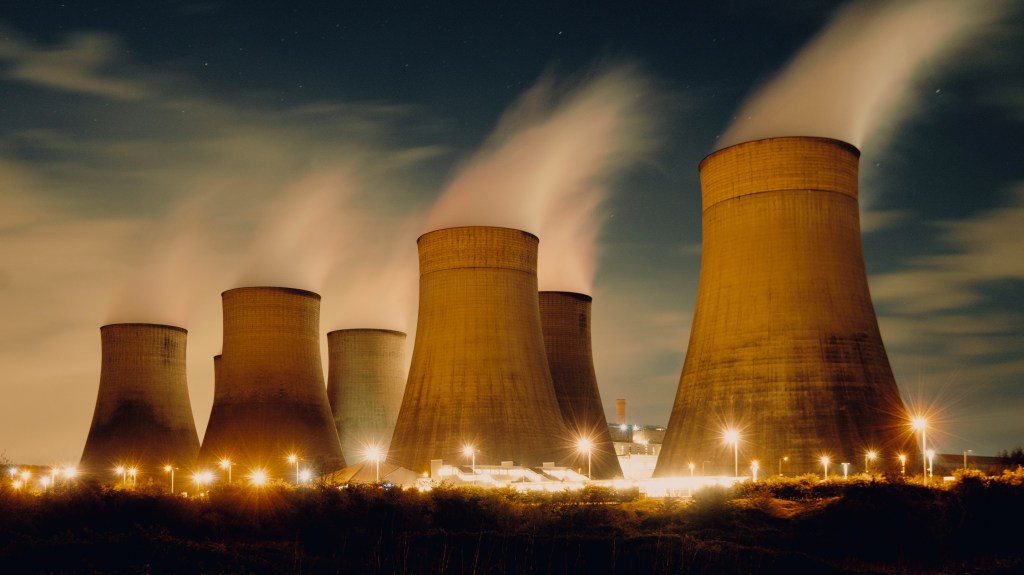



Post Comment